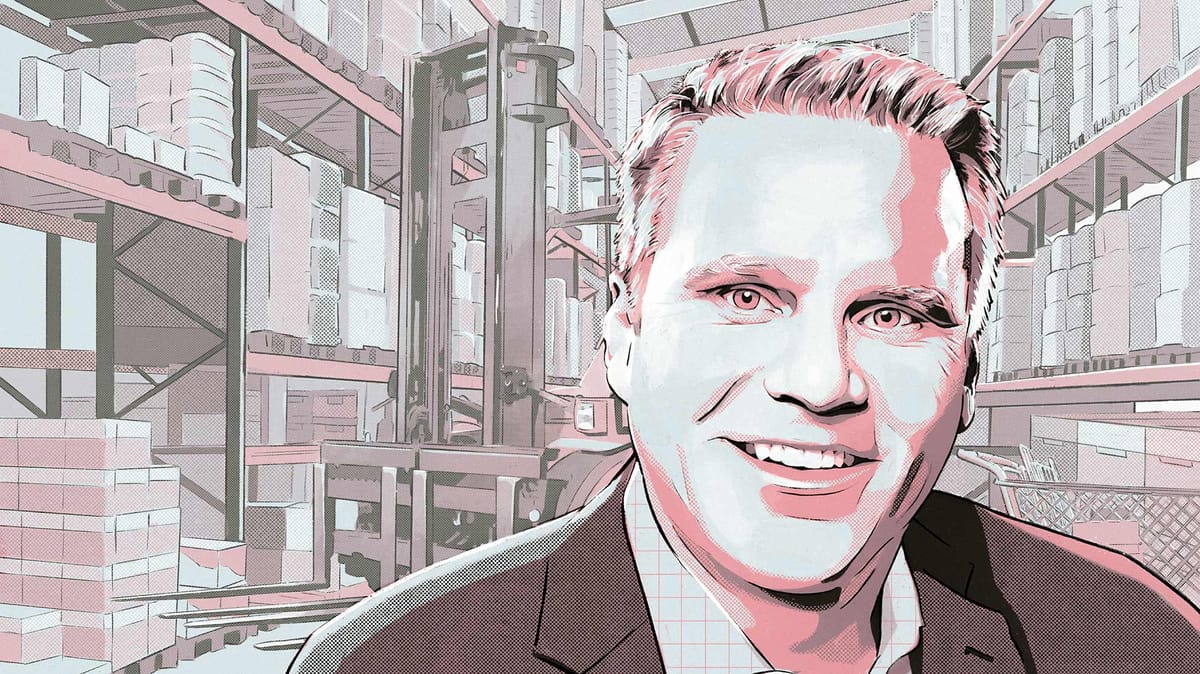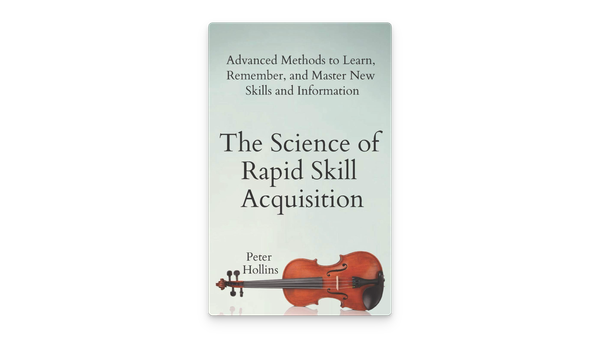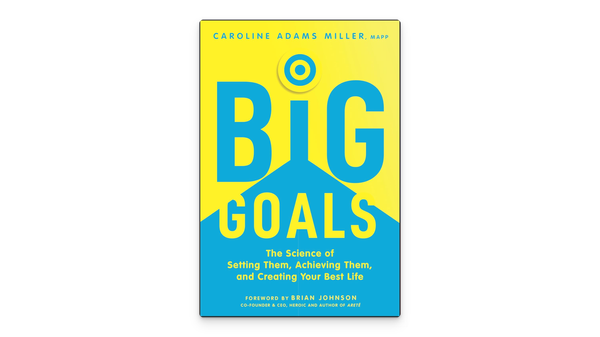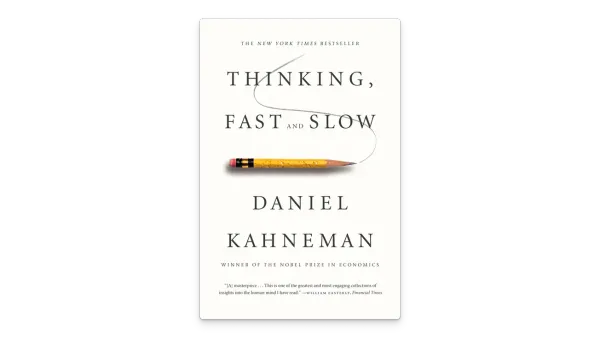“You’ve Got to Set Your People Up to Succeed”

In this interview Tim Simmons, the chief product officer of Sam’s Club, details how Walmart’s membership warehouse retailer set about to change virtually every major aspect of its operating model. It reduced prices and SKUs, introduced an array of digital technologies, redesigned jobs, and raised the average pay of its employees by 31%. Since then net sales have increased by 43%; comparable store sales have grown by double digits 12 quarters in a row; and employee turnover fell significantly within the first year of implementation.
••• In June 2019 Sam’s Club, the membership warehouse retailer owned by Walmart, with 600 stores in the United States and Puerto Rico, launched an effort to change virtually every major aspect of its operating model. The chain significantly reduced prices and the number of stock-keeping units (SKUs), introduced an array of digital technologies, redesigned jobs, and raised the average pay of employees (whom it refers to as “associates”) in its clubs by 31% (according to fiscal year comparisons). Since then Sam’s Club’s net sales (exclusive of membership fees) have increased by 43%, and comparable-store sales have grown by double digits 12 quarters in a row—despite the pandemic’s inventory challenges and continuing inflation. Associate turnover—which excludes people who move to a different Sam’s Club or a Walmart store—significantly decreased within the first year of the implementation. And the percentage of associates who respond positively to the question “Would you recommend this as a place to work to friends?” has soared by 440%. In this interview with the HBR senior editor Steve Prokesch, Tim Simmons, Sam’s Club’s chief product officer and formerly its vice president of operations transformation, shares his perspective on the lessons from his company’s makeover. HBR: Can you give me an overview of the transformation at Sam’s Club? Simmons: There were six big pieces. The first was we changed from specialty roles in the club—numerous job codes, like just working the jewelry counter—to work groups, which I think of as a zone defense. We reduced job codes by 62%. The people in a work group are cross-trained, and an associate doesn’t think, _I must stand here at the jewelry counter because that’s my job._ Instead that person thinks, _I can assist anywhere across the merchandise floor, because I have been trained for it and I have the tools._ The second change was we rolled out block schedules: We have a morning, a midday, and an evening shift. Associates are each assigned to one. So they know their schedule every day of the week, every week, and can plan their lives around it. Before that, they could be given any shift at any point in time. It did not lend itself to good work/life balance. The third was we moved from overnight to day stocking of clubs. That drove a lot of efficiency immediately. We needed to make a change to have more member-facing associates and to make it easier to get our clubs stocked and ready to open. The fourth piece is what I call “merchandise resets.” At the heart of that was trying to get back to our warehouse model, reduce the number of SKUs, be more pallet-driven, and have less hand stocking of shelves. It was a big initiative to simplify the work of stocking. The fifth piece was we released a series of apps for associates that really changed the way we did work in every portion of the club. They helped associates do their jobs more efficiently. One example is our Ask Sam app, which is a personal assistant for associates, who can use it to find the price, location, or in-stock levels of an item. Finally, we rolled out our first wave of wage investments: pay increases. It was targeted to align nicely with the other changes we made, and we did that first wave knowing we would do more to increase pay as we moved forward. How are all those elements interconnected? Let’s start with merchandise resets. We dramatically reduced the number of SKUs and shelves and entirely eliminated pods (displays in the middle of big wide aisles that had to be constantly maintained). Those moves cut back the amount of hand stocking we needed to do. When you stock with a forklift, you pick the pallet up in the back and put it out on the sales floor. That’s highly efficient. Simplifying the work of stocking a club allowed us to say to associates, “You can cover the entire sales floor now. You don’t need to specialize in just one area.” To help them cover the sales floor, we created our Own Your Inventory app. It’s driven by algorithms that alert an associate to, say, the five, 10, or 20 things that absolutely must be investigated. Maybe an item isn’t selling the way it should; the velocity is down. Or maybe the inventory of something goes to negative: The system says there are negative five units of the item in the club, which is impossible. Before we had the app, a store would print up a binder of reports, and associates would work that binder all week long. Now Own Your Inventory reports the handful of things that really matter to members’ experience and a club’s sales, and associates just work those. And because they’re not also wrestling with keeping pods and shelves stocked and clean and straight, they can actually focus on those exceptions and get them done really well. That’s just one example of how all those things weave together and create a much more enjoyable job for an associate. How did you implement the new technology to ensure that associates would actually use it? We roll out a new technology or a new feature to one or two clubs first and give it what we call “the white-glove treatment”: We’re in the club, hands on, watching, observing, and talking to associates. We’re seeing what’s not working, what’s good. And 90% of the purpose is getting associates’ feedback. Is it helping? Is it hurting? What did we miss? What do you like? What’s confusing? The other 10% is: Are there any bugs? Is anything in the tech itself not working? After that, we move to stage two. We’ll go to a market that has about 15 clubs. We don’t go to the clubs every day, but we call the club managers to get feedback. And then in stage three we roll it out to a full region, mostly to learn if anything broke at scale. Finally, we roll it out everywhere. We also require every app that goes to the field to have a feedback service built into it. It pings associates proactively and starts with a simple “How would you rate this app?” Then it immediately says, “Tell us more.” Since we launched that feature, the number of comments we’ve received has increased by something like 2,400%. Here in the home office we work in what we call “experience teams”—highly cross-functional groups consisting of people from product, UX design, engineering, and the business function. Experience teams collectively read every single piece of associate feedback that comes in. We also dashboard the comments, so somebody who doesn’t have time to read hundreds of them can see the trending topics and gather insights. How did lowering employee turnover help with the technology adoption? We have a lot of anecdotal feedback from the field suggesting that tenured associates drive momentum around technology adoption. At first that seemed counterintuitive to me, because I thought we were asking them to change the way they were used to doing the job. I expected resistance. But we’re finding that it’s much easier to get a tenured associate to adopt new features or new capabilities than it is to get a new associate to do so. I think it’s just a learning curve. New associates have to learn the entire app, soup to nuts, whereas when you roll out something new, the tenured associate’s reaction is “Oh, cool, that just made this one easier for me.” What was the impact of technology on members’ and associates’ experiences? A good example is Sam’s Garage, an app used in our tire and battery centers (TBCs). Before we launched it, a member would have to come into the club, go to what we call “the TBC desk,” and say, “I need new tires.” Then the process started. “What kind of car? What size are your tires now?” Once they’d captured all the needed information, associates had to navigate many back-end systems to find the right tires. It took an average of 20 minutes, and often much longer, to find them at the right price. But we re-architected the entire thing. We put it on an iPad and made it as simple as asking the member to answer three questions. The app recommends the best tires that will fit the member’s car and satisfy the member’s needs in terms of safety, comfort, durability, and price. Now the time from when a member approaches the desk to when we find and select the new tires is two and a half minutes. It’s a huge improvement in efficiency, sales, and satisfaction. Why did the company’s leaders decide that pay had to be increased substantially? At the time, we were looking at some pretty concerning numbers. We were not happy with the amount of associate turnover. Our pay rates were behind the curve—not just with our direct competitors’ but in general. We looked at our associate satisfaction scores. They weren’t horrible, but neither were they great. Members’ Net Promoter Scores and satisfaction scores were also not bad but not great. Our year-over-year comparable-store sales were relatively flat. All that data, plus the rapid pace of change around us, made us realize that we had to become member-centric once again. The only way to do that is by ensuring that your associates are engaged and happy to be there and can create a great member experience. That’s the heart of our model: If our prices are better than anywhere else, if members have a great experience with friendly associates, and if the club is clean and it’s easy to find their items, people will be willing to pay the membership fee. Now, we knew we had to improve the work; it was overly complex. And we knew that we had to give associates better tools to do their job. You’ve got to set your people up to succeed, and we knew that wages also had to be a key part of that equation. How did the decision to raise wages intersect with your move to lower prices? You can’t just reduce prices and hope that all the rest will fall into place. You have to do it in conjunction with efficiency. That’s why we realized that SKU reduction would make operating the club much easier for our associates. We also realized that when we got prices right, volume would go up, because members want more of that great low price. As volume increases, and members come more frequently, and associates’ jobs become easier, this efficiency flywheel gets going. I love the idea that investing in wages is good because you get longer-tenured associates who are happy to be there and create a great member experience. But to afford higher wages and lower prices, you have to make the job far more operationally efficient. Would you walk me through what you did with pay? In the beginning we focused on some critical roles—team leads, other supervisors in the club, and key technical positions, such as meat cutter. A team lead is crucial because people in that position facilitate execution of a new technology, ensure that unproductive tasks stop, and manage other associates throughout the work group. Fresh team lead—a supervisor of a team responsible for fresh food such as produce, baked goods, and meat—is one of the toughest jobs and is critical, a traffic driver. So we started very strategically with key roles like that. The second round was in the fall of 2021, when we changed the starting rate everywhere to at least $15 an hour, up from $11: a 36% increase. Since FY2020 we’ve made tremendous investments in our associates. We’re still on this journey. Usually when a major company is contemplating an investment, whether it’s in technology or raising wages, it turns to its financial analysts to see whether it will pay off. I don’t remember seeing a financial model or a business case that said, “This is why we need to do this.” I do know that we look at everything like that rigorously, and we were looking at trade-offs. But in the end, leadership just had a lot of courage, belief, and gumption to say, “We need to do this for many, many reasons. They’re not all financial and what the financial model might say.” Not to mention that often, if you’re making a system change, financial models don’t work well in assessing them. I couldn’t agree more. For example, according to a methodology we use, we’ve increased efficiency by nearly 20% over four years. In the past it was hard to move that metric by even one point. We have financial models, but until you actually implement, you don’t know the results you’re going to get. Is today’s tight labor market affecting Sam’s Club less than its competitors? I don’t have specific data on whether we’re better off or not. But the time it takes us to fill an opening for club manager is down by more than 50% since FY2020. And I can’t think of any instance when we’ve had to open a club late or not at all because of staff shortages. There may be a club or two in certain geographies that have struggled more than what I’m indicating here. But overall I don’t think we’ve felt it as strongly as others have. Personally, as a leader, what did it feel like to raise pay? I’ll tell you a story. In June 2019, on the day we rolled out the first pay increase, I was touring some clubs with one of our regional general managers. He gathered the team leads and other associates who were getting a raise and said, “Look, this is about to hit your inboxes, but this is the change that we’re making.” I saw associates shed tears of gratitude and talk about how we had just changed their lives. That was so gratifying. It’s humbling. It was a privilege to be a part of it. That’s not me saying that we’re perfect everywhere and that we figured out everything. But to have been along on this journey and to have experiences like that—that’s very meaningful.




